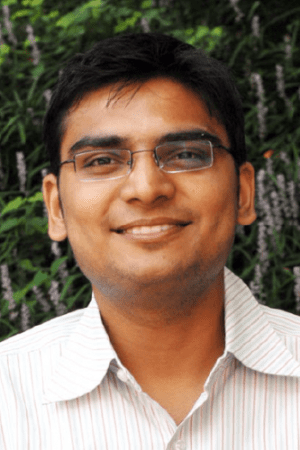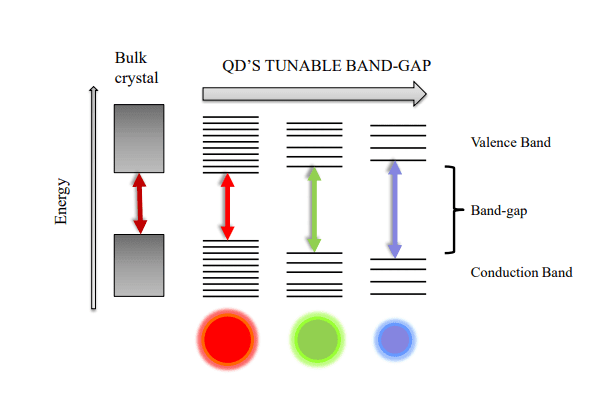Gaurav Singh

Gaurav Singh

Investigations into photo-excited state dynamics in colloidal quantum dots
Abstract:
Colloidal Quantum dots (QDs) have garnered considerable scientific and technological interest as a promising material for next generation solar cells, photo-detectors, lasers, bright light-emitting diodes (LEDs), and reliable biomarkers. However, for practical realization of these applications, it is crucial to understand the complex photo-physics of QDs that are very sensitive to surface chemistry and chemical surroundings. Depending on the excitation density, QDs can support single or multiple excitations. The first part of this talk addresses evolution of QD excited state dynamics in the regime of low excitation intensity. We use temperature-resolved time-resolved fluorescence spectroscopy to study exciton dynamics from picoseconds to microseconds and use kinetic modeling based on classical electron transfer to show the effect of surface trap states on dynamics of ground-state exciton manifold in core-shell CdSe/CdS QDs. We show that the thickness of CdS shell plays an important role in interaction of CdSe core exciton states with nanocrystal environment, and find that a thicker shell can minimize the mixing of QD exciton states with surface trap states.
I will then present an investigation into the dynamics of multiply-excited states in QDs. One of the key challenges in QD spectroscopy is to reliably distinguish multi- from single-excited states that have similar lifetime components and spectroscopic signatures. I will describe the development of a novel multi-pulse fluorescence technique to selectively probe multi-excited states in ensemble QD samples and determine the nature of the multi-excited state contributing to the total fluorescence even in the limit of low fluorescent yields. We find that in our sample of CdSe/CdS core/shell QDs the multi-excited emission is dominated by emissive trion states rather than biexcitons. Next, I will discuss the application of this technique to probe exciton-plasmon coupling in layered hybrid films of QD/gold nanoparticles separated by poly-electrolyte spacers of varying thickness, and conclusively show that plasmon coupling can strongly enhance fluorescence yields and dynamics of multi-excited states in QDs. I will also discuss some recent experiments using our multi-pulse technique to successfully probe delayed fluorescence (due to triplet-triplet annihilation) in porphyrin dyes.
The results presented here are helping us to advance the field of QD photo-physics by enabling us to learn more about multi-excited states in QDs and many of the factors that control their radiative and non-radiative recombination. They are also guiding us in the design of better ways to utilize multi-excited states in new hybrid metal-QD devices.
Sponsoring Chair: Dr. Marcus Jones
Committee: Dr. Jordan Poler, Dr. Yong Zhang, Dr. Michael Walter, Dr. Ed Stokes